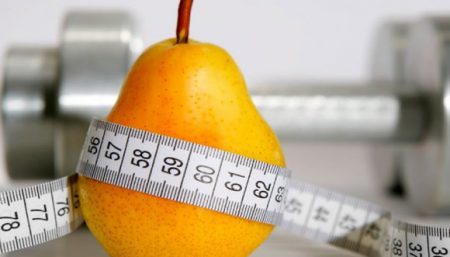
Calorie cycling is a systematic method of raising and lowering daily calorie intake. The main way this diet works is the zig-zagging of the starchy carbs, where we avoid starchy carbs (like bread, pizza, pasta, potatoes, rice) during the low days and only eat them during the high days, this enables your metabolism to run smoothly all the time (even during the low days), and keep the hormone insulin low during the low days so fat loss will occur. Muscle maintenance is also there thanks to all the high days and the carb load meals.
For example, someone wanting to lose fat might maintain a calorie deficit for 5 days per week and raise intake to maintenance on the remaining 2 days to give their bodies a break. Someone wanting to build muscle and strength while staying lean might flip this and maintain a slight calorie surplus for 5 days and use a moderate deficit on the remaining 2 days to lose the fat gained during the week.
The theory is simple enough, but does it offer any real benefits?
Yes and no.
The Benefits of Calorie Cycling
Calorie cycling really shines for people with highly adaptable metabolism. In their case, cutting down calories and staying in deficit will leave them with a weight loss plateau in just a couple of weeks. Calorie cycling keeps your metabolism from quickly adjusting to a hypo-caloric environment.

It serves as a huge psychological boost when you’re trying to lose weight by enabling you to change up the monotonous eating of traditional dieting. One is able to add in more food variety and actually feel full. In our daily life, very rarely do we eat the same amount of food day in and day out. Instead, we naturally have varying degrees of calorie intakes throughout the week. Calorie cycling closely mimics those natural eating patterns.
It allows variety in your diet that allows you to ingest meals without guilt.
Calorie Cycling helps restore the fat burning and muscle building hormones, namely, thyroid, leptin, testosterone, and growth hormone to a higher level which might be slowed during dieting.
It is best suited to intermediate and advanced weightlifters looking to progress in their lifts while maintaining a low body fat percentage.
The Problem With Calorie Cycling
There’s nothing fundamentally wrong with calorie cycling. It’s a viable dietary strategy and one that is recommend for advanced weightlifters.
Like intermittent fasting, calorie cycling is often sold as a panacea for all your fat loss and muscle building woes-the “secret” to body recomposition. This simply isn’t true. In fact, it may make you more likely to fail in your quest to get fit.
You see, calorie cycling just isn’t as universally practical for all:
- If you’re a girl over 20% body fat, and you’re looking to maximize fat loss, you don’t need to dabble in calorie cycling. It’s not going to do anything special for you.
- Weightlifting beginner’s who need to focus on adding size, calorie cycling doesn’t have much to offer you. When you restrict your calories and place your body in a calorie deficit, you also impair protein synthesis. Lower protein synthesis rates means less potential muscle growth, so cycling between days of surplus and deficit as a newbie is more or less counterproductive.

- Start your daily intake at 110% of your average total daily energy expenditure, adjust up or down until you’re gaining 0.5 to 1 pound per week, and continue eating that amount every day. Even if you’re in a slightly larger surplus on your rest days, it doesn’t cause any noticeable difference in terms of fat storage. By doing this you find your body’s “sweet spot” for maximizing muscle growth while minimizing fat storage-something you have to do regardless of how fancy you get in your diet planning (formulas and numbers are great but they rarely work exactly as planned because metabolism and genetics vary).
Disclaimer
The Content is not intended to be a substitute for professional medical advice, diagnosis, or treatment. Always seek the advice of your physician or other qualified health provider with any questions you may have regarding a medical condition.



